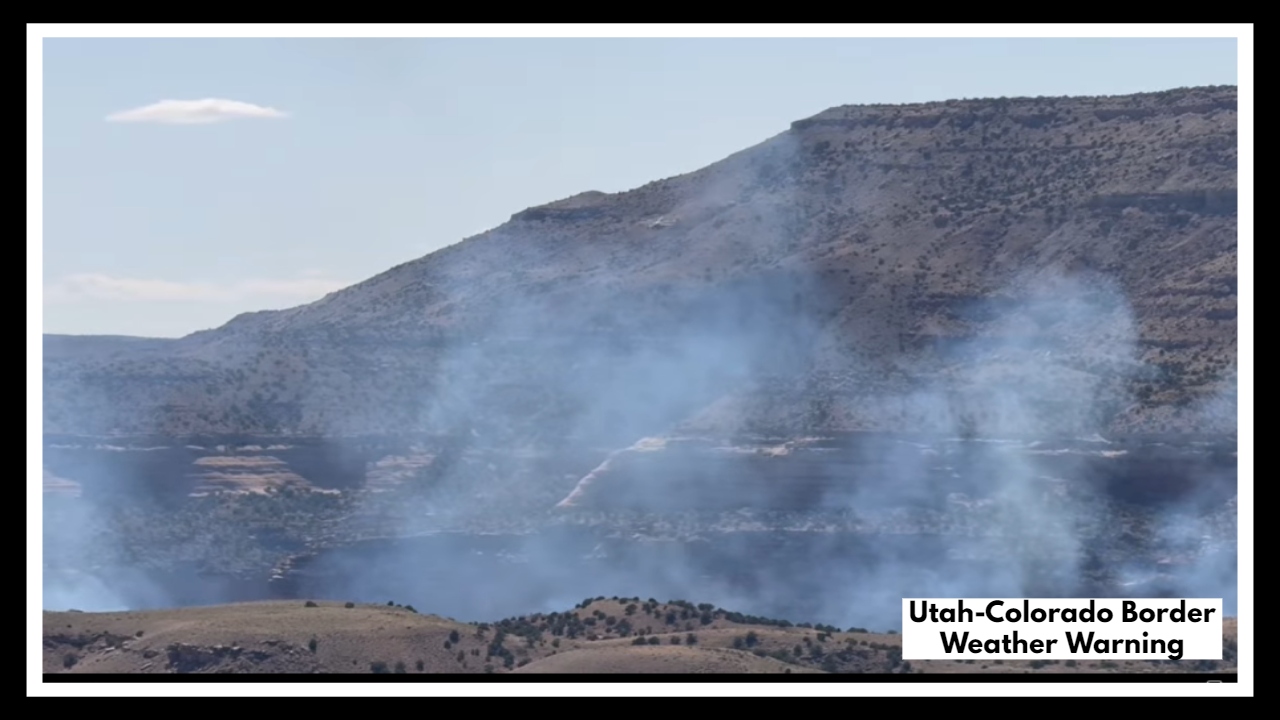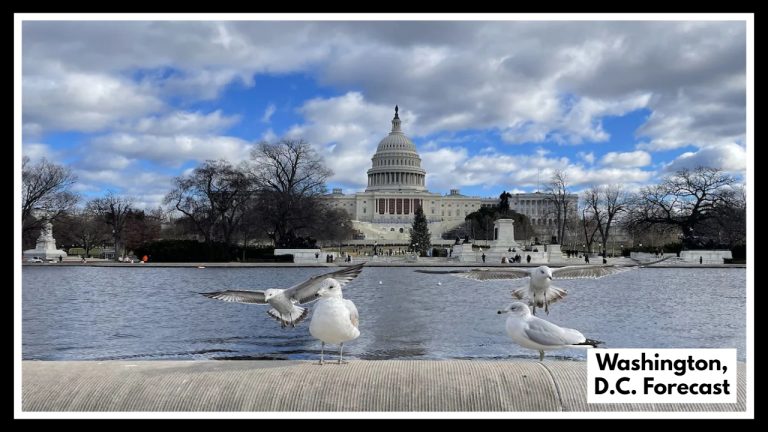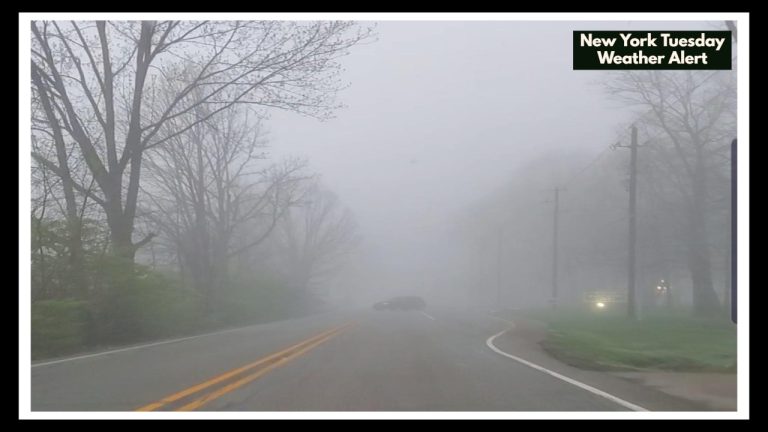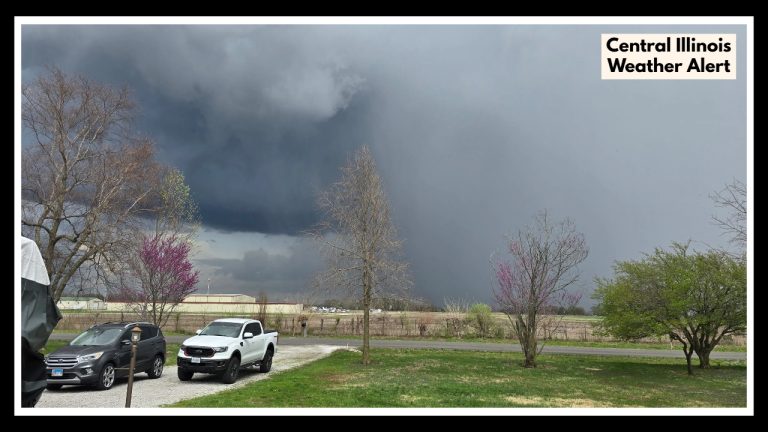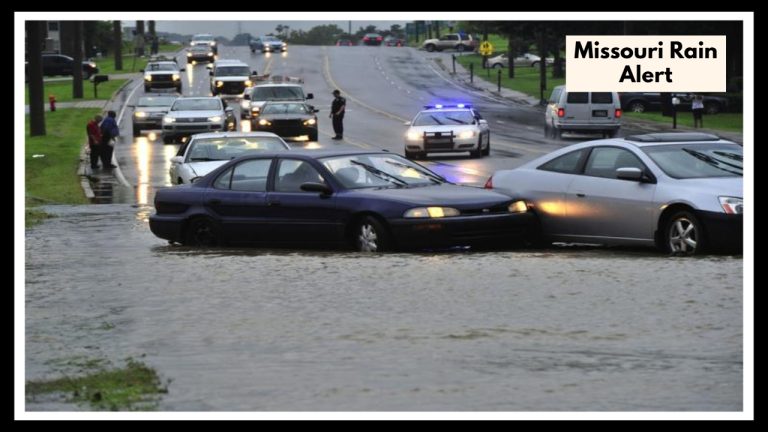Utah-Colorado Border Weather Warning: What You’re Not Being Told About Fire Risk
If you live anywhere near the Utah-Colorado border, you’ll want to pay close attention to this: a Utah-Colorado Border Weather Warning has been issued for Monday, and it’s not just routine. It’s a clear message from forecasters that conditions are lining up for potentially dangerous wildfires—and the risk is real.
We’re talking about scorching heat, extremely dry air, and strong gusty winds all combining in a way that makes fire danger spike. From 1 p.m. to 8 p.m. MDT, the area will be under a Red Flag Warning, covering parts of southeastern Utah and western Colorado. With temperatures climbing past 100°F, humidity sinking below 10%, and wind gusts up to 35 mph, it’s a recipe for fast-moving, hard-to-control fires.
What This Warning Really Means for You
The Utah-Colorado Border Weather Warning affects places you might live, travel through, or work in—like the Colorado River Basin, Paradox Valley, and parts of Southeast Utah. These are areas already dry and fire-prone, and on a day like this, the smallest spark can quickly turn into something serious.
It doesn’t take much: a vehicle parked on dry grass, a piece of outdoor equipment running too hot, or even a spark from a campfire you thought was out. These are the kinds of little things that—on a day like Monday—could lead to a wildfire.
And here’s what makes this even more concerning: the peak danger hours line up right when the weather is at its worst—hot, dry, and windy all at once. That’s when fires are most likely to start and hardest to stop.
What You Can Do to Stay Safe
Local firefighters and emergency crews are asking everyone in the area to be extra careful. Here’s what you can do to help protect your home, your neighbors, and the land around you:
-
Skip the campfires and outdoor burns today—even the small ones.
-
Hold off on mowing the lawn or using power tools until after the warning is lifted.
-
Don’t drive or park over dry grass—hot engines can ignite the ground beneath you.
-
Make sure you’ve got emergency alerts enabled on your phone or radio.
-
If you live in a wooded or remote area, review your evacuation plan—just in case.
This Isn’t Just a Forecast—It’s a Reminder
Fire doesn’t need much to get started, and in a region like the Utah-Colorado border, help can be miles away. Steep canyons, isolated communities, and limited road access make wildfire response a real challenge.
So while you might not see smoke in the air yet, this warning is your chance to act before anything happens. Let’s not underestimate the risk just because skies are clear. Warnings like this are about prevention—stopping a fire before it ever starts.
Let’s all take a moment to slow down, think smart, and keep our homes and communities safe. The danger may pass by evening—but the decisions we make now could make all the difference.
FAQ About Utah-Colorado Border Weather Warning
1. So what’s the big deal with this Utah-Colorado Border Weather Warning?
Think of this as a serious heads-up, not just a routine forecast. We’ve got hot weather, dry conditions, and strong winds all showing up at the same time—and that’s the kind of setup that makes wildfires way more likely. Even something small, like a spark or a hot car exhaust, could start a fire today.
2. I live near the area—should I really be worried?
If you’re anywhere near places like Paradox Valley, the Colorado River Basin, or southeastern Utah and western Colorado, then yes—it’s smart to be cautious. These areas are dry as a bone right now, and with winds picking up, it’s a dangerous mix. It’s not about panic—it’s about being ready just in case.
3. What are some everyday things I should avoid doing today?
Honestly, just play it safe today. That means:
-
Skip campfires or any kind of outdoor burning
-
Hold off on mowing or using power tools
-
Don’t drive or park on dry grass (yes, your car could accidentally spark something!)
-
Maybe push back any outdoor chores that involve heat or machinery
4. Is this just a one-day thing, or should I stay alert longer?
The official warning runs from 1 p.m. to 8 p.m. today, but even after that, things won’t magically get safer. The ground is dry and the wind doesn’t follow a schedule, so it’s smart to stay cautious for the rest of the evening.
5. What can I do right now to stay safe and help others too?
A few small things can make a big difference:
-
Make sure your weather alerts are turned on
-
If you live in a rural spot, have an evacuation plan ready
-
Check in with elderly neighbors or folks who might not be plugged in
-
And maybe just take a breath and remind your family: today’s not the day for risks

